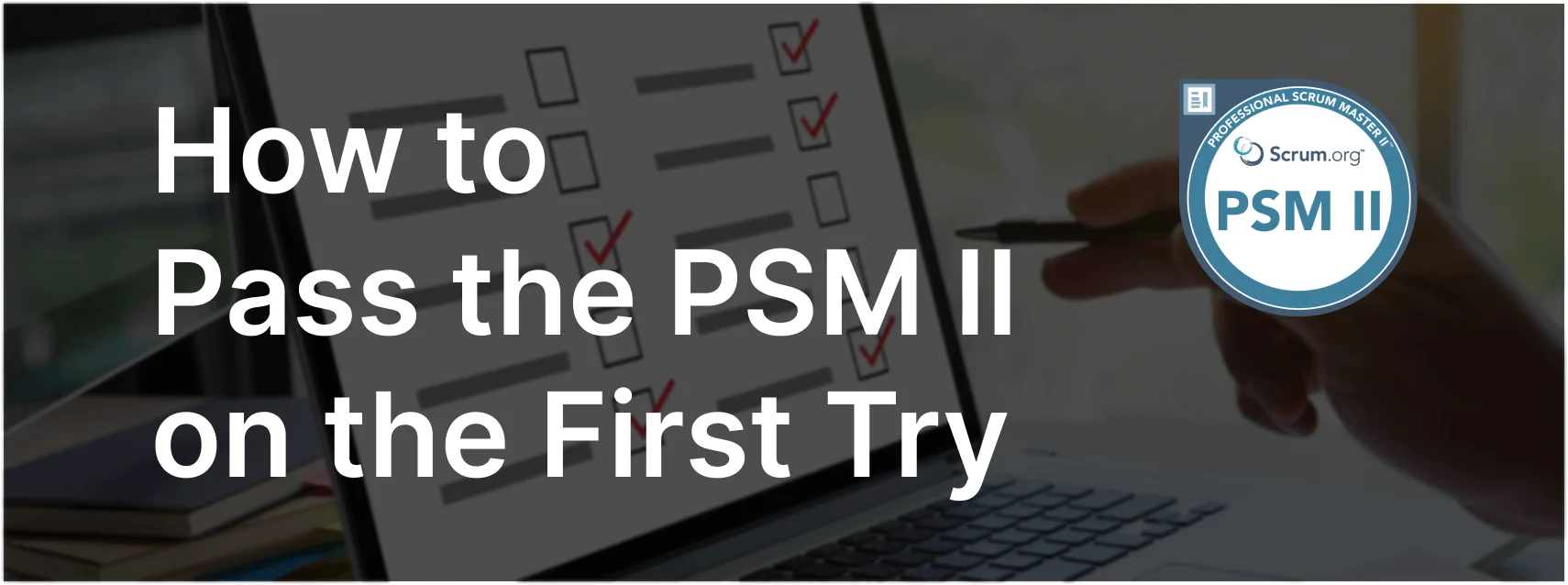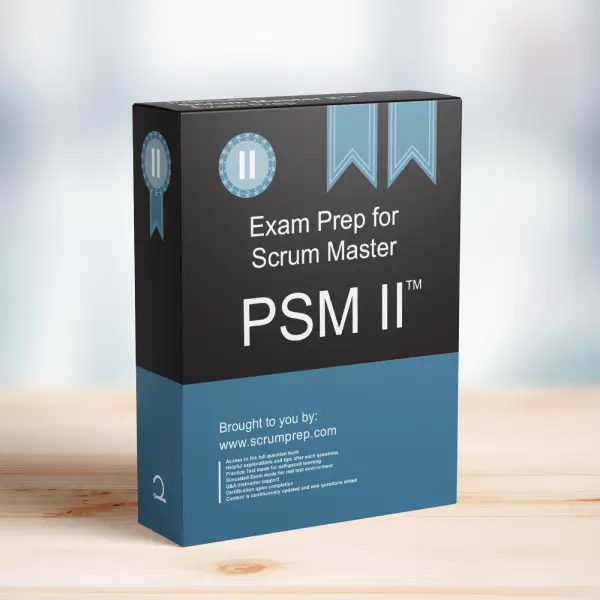Responding to Stakeholder Feedback During a Sprint
In Scrum, responding to user feedback promptly while maintaining progress is a critical balance. This article explores a specific exam question about how a Scrum Team should handle stakeholder feedback during a Sprint, providing detailed explanations and insights relevant to the PSM II exam.
Exam Question
During a Sprint Review, the Product Owner determines that she is going to release the current Increment to production. The stakeholders ask to stop the Sprint to react more quickly to the user feedback that is expected after this release. The Product Owner prefers to continue the Sprint to make progress with the next release. You facilitate a discussion on how to proceed. What are two acceptable results of this discussion? (choose the best two answers)
- A. Continue sprinting and include the customer feedback in the Product Backlog.
- B. Stop sprinting and let the Developers work on new customer requests as they arise.
- C. Continue sprinting but shorten the Sprint length to allow for shorter feedback loops.
- D. Continue sprinting but allow customer feedback to change the Sprint Goal within the Sprint.
Correct Answers
A. Continue sprinting and include the customer feedback in the Product Backlog.
C. Continue sprinting but shorten the Sprint length to allow for shorter feedback loops.
Explanation
Correct Answers
A. Continue sprinting and include the customer feedback in the Product Backlog: This approach aligns with Scrum principles of maintaining focus and ensuring continuous progress. By adding the feedback to the Product Backlog, the team can prioritize it for future Sprints without disrupting the current Sprint. This method ensures that all work is planned and executed systematically.
C. Continue sprinting but shorten the Sprint length to allow for shorter feedback loops: Shortening the Sprint length can help the team incorporate feedback more quickly while maintaining the rhythm of continuous delivery. This approach allows for more frequent reviews and adjustments without abruptly stopping the current Sprint.
Incorrect Answers
B. Stop sprinting and let the Developers work on new customer requests as they arise: This approach goes against the principle of maintaining a stable Sprint duration. Stopping the Sprint disrupts the team’s focus and planning, leading to potential chaos and inefficiency.
D. Continue sprinting but allow customer feedback to change the Sprint Goal within the Sprint: Changing the Sprint Goal mid-Sprint undermines the commitment made during Sprint Planning and can disrupt the team’s focus. The Sprint Goal should remain stable to ensure that the team can deliver a coherent Increment.
Responsibilities in Scrum
- Product Owner: The Product Owner manages the Product Backlog and ensures that it delivers value to stakeholders. They prioritize feedback and work with the Scrum Team to plan and execute based on the highest value items.
- Scrum Master: The Scrum Master facilitates collaboration and ensures adherence to Scrum practices. They support the team in maintaining focus and responding to feedback systematically.
- Developers: Developers are responsible for delivering potentially shippable increments at the end of each Sprint. They collaborate with the Product Owner to prioritize and incorporate feedback in future Sprints.
Relevance to the PSM II Exam
Understanding how to balance stakeholder feedback with ongoing work is crucial for the PSM II exam. It demonstrates advanced knowledge of Scrum principles and the ability of the Scrum Master to guide the team in maintaining focus while adapting to new information. Mastering this concept ensures that Scrum Masters can support their teams in delivering value continuously and systematically.
Key Takeaways
- Maintaining focus and stability during a Sprint is crucial for delivering value.
- Incorporating feedback into the Product Backlog ensures that new information is prioritized and planned systematically.
- Shortening Sprint length can help in responding to feedback more quickly without disrupting the current Sprint.
Conclusion
Effectively responding to stakeholder feedback while maintaining progress requires a balance of flexibility and focus. By continuing the Sprint and incorporating feedback into the Product Backlog or shortening the Sprint length, the Scrum Team can ensure continuous delivery of value. Understanding these principles is crucial for effective Scrum implementation and success in the PSM II exam. For comprehensive preparation and practice exams, check out PSM II Exam Prep to enhance your understanding and application of Scrum principles.



